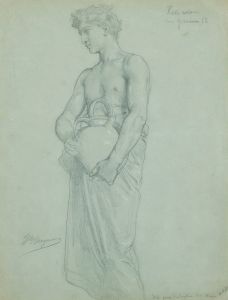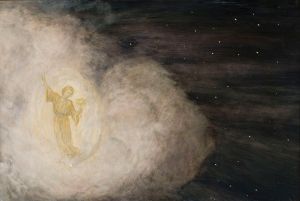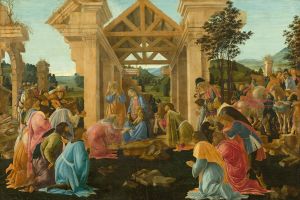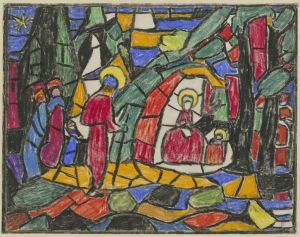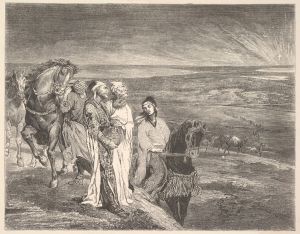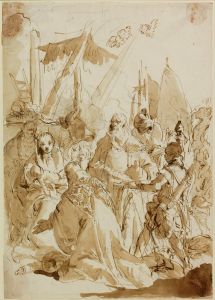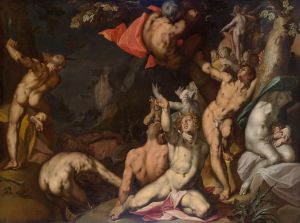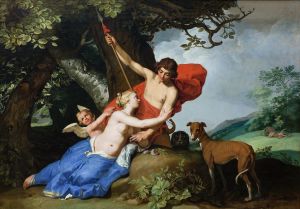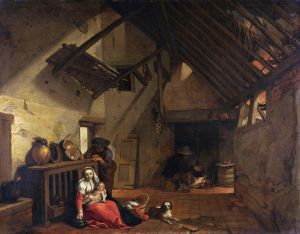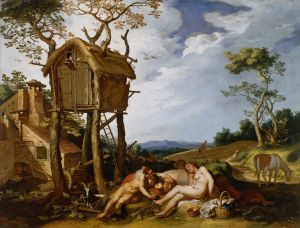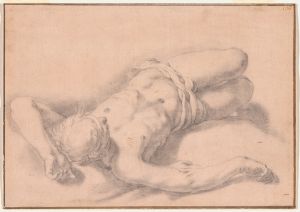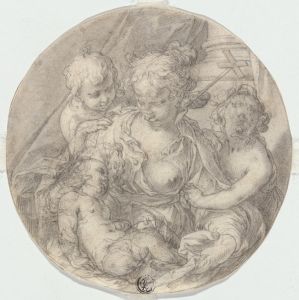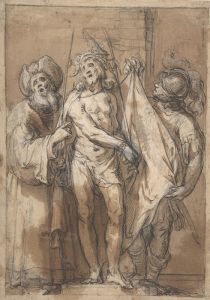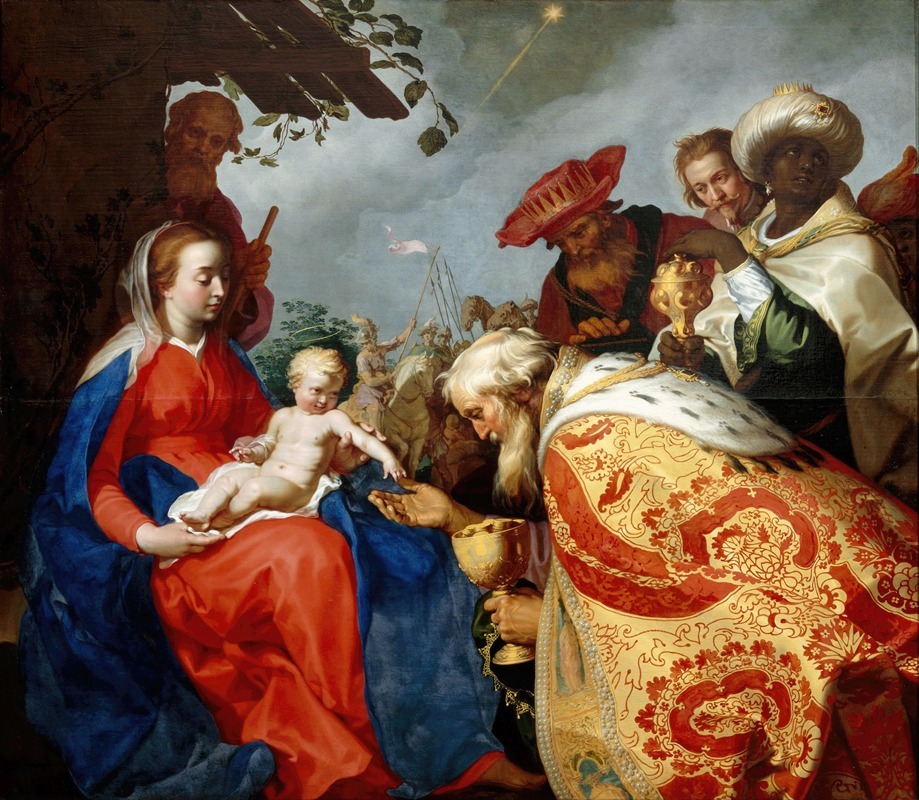
Adoration of the Magi
A hand-painted replica of Abraham Bloemaert’s masterpiece Adoration of the Magi, meticulously crafted by professional artists to capture the true essence of the original. Each piece is created with museum-quality canvas and rare mineral pigments, carefully painted by experienced artists with delicate brushstrokes and rich, layered colors to perfectly recreate the texture of the original artwork. Unlike machine-printed reproductions, this hand-painted version brings the painting to life, infused with the artist’s emotions and skill in every stroke. Whether for personal collection or home decoration, it instantly elevates the artistic atmosphere of any space.
Abraham Bloemaert's Adoration of the Magi is a painting created by the Dutch artist during the late 16th or early 17th century. Bloemaert (1566–1651) was a prominent figure in the Dutch Golden Age of painting, known for his versatility and contributions to both Mannerism and the early Baroque style. His works often depicted religious, mythological, and pastoral themes, and he was a key figure in the Utrecht School of painting.
The Adoration of the Magi portrays the biblical scene in which the three Magi, or Wise Men, visit the infant Jesus after his birth, bringing gifts of gold, frankincense, and myrrh. This subject was a popular theme in Christian art, symbolizing the recognition of Christ's divinity by the wider world. Bloemaert's interpretation of this scene reflects his skill in composition, use of light, and attention to detail, hallmarks of his artistic style.
In this painting, Bloemaert employs a dynamic composition, with the figures arranged in a way that draws the viewer's eye toward the central figure of the Virgin Mary holding the Christ Child. The Magi are depicted in richly detailed garments, emphasizing their status and the exotic nature of their origins. The use of light and shadow in the painting enhances the sense of depth and drama, a technique that Bloemaert mastered during his career. The warm color palette and intricate details further contribute to the painting's visual impact.
Bloemaert's Adoration of the Magi reflects the influence of both Mannerist and Baroque styles. The elongated figures and elegant poses are reminiscent of Mannerism, while the naturalistic details and dramatic use of light foreshadow the Baroque sensibilities that would dominate European art in the 17th century. Bloemaert's ability to blend these styles demonstrates his adaptability and innovation as an artist.
The painting is held in a private collection or museum, though specific details about its current location and provenance are not widely documented. Bloemaert's works, including this piece, remain significant examples of Dutch religious art and are studied for their artistic and historical value.
This artwork is one of many that showcase Bloemaert's contribution to the development of Dutch painting, bridging the stylistic transition from Mannerism to Baroque. His influence extended beyond his own works, as he trained several notable artists, including Gerard van Honthorst and Hendrick ter Brugghen, who became leading figures in the Utrecht Caravaggisti movement.





